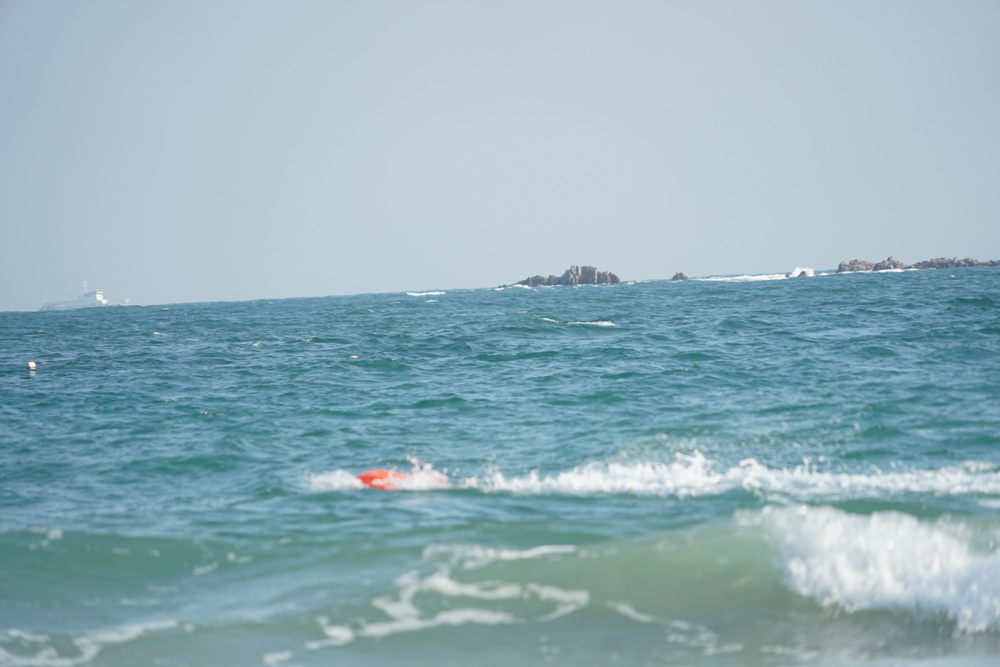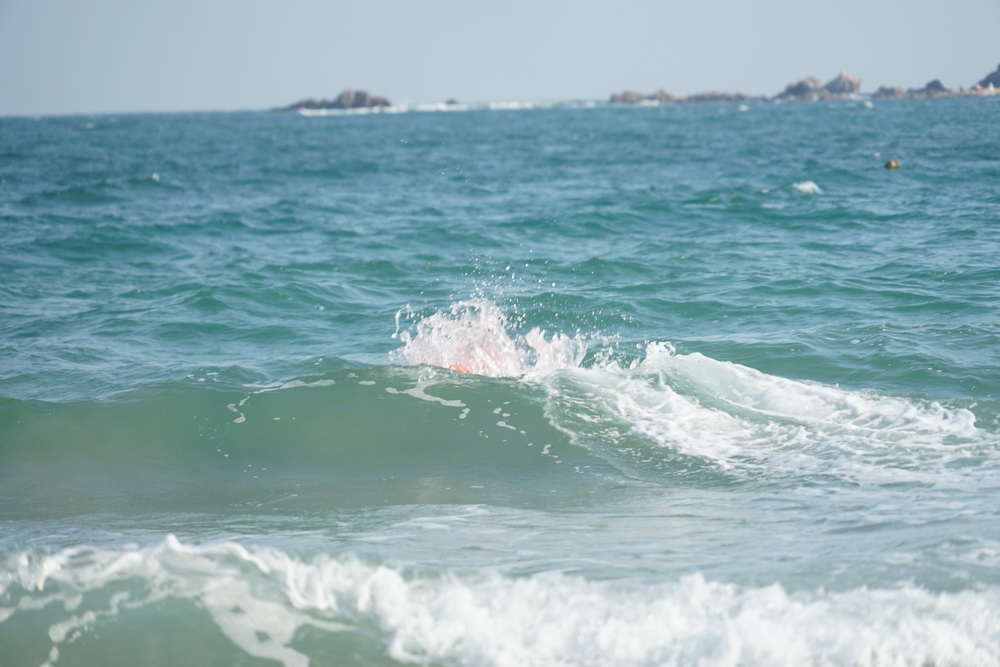Modular Design Concept of Water Rescue Robots
Modular design is a core principle in the development of modern water rescue robots. By dividing the entire system into multiple functionally independent modules with standardized interfaces—such as propulsion systems, remote communication units, buoyant structures, power units, and intelligent control systems—manufacturers can achieve rapid assembly, flexible upgrades, and efficient maintenance. For example, if a water rescue robot experiences a propulsion system failure during a mission, maintenance personnel can quickly detach and replace the propulsion module without extensive disassembly of the entire unit. This "plug-and-play" approach not only reduces repair time but also minimizes reliance on highly specialized technicians.
Maintenance Cost Advantages of Water Rescue Robots
Water rescue robots utilizing modular design demonstrate significant maintenance cost benefits over their long-term operational lifespan. Traditional integrated rescue devices often require full factory return or even complete replacement when a single component fails, resulting in high maintenance expenses and prolonged equipment downtime. In contrast, modular architecture allows for on-demand replacement of faulty modules, effectively extending the overall service life of the equipment. Additionally, standardized modules facilitate mass production and inventory management, further reducing spare parts procurement and storage costs. Moreover, modular design supports functional expansion—such as adding cameras or vital signs monitoring systems—enabling water rescue robots to adapt to diverse aquatic environments and rescue scenarios, thereby improving return on investment.
Sustainable Development Value of Water Rescue Robots
From a sustainability perspective, the modular design of water rescue robots reduces resource waste and promotes eco-friendly practices. The replaceable and upgradable nature of modules minimizes electronic waste, aligning with green manufacturing trends. Furthermore, the modular structure simplifies equipment recycling and reuse, enhancing lifecycle management efficiency. For rescue organizations, this design translates into a lower total cost of ownership (TCO), enabling the deployment of more rescue units within limited budgets and thereby strengthening overall water safety preparedness.


 .
.





















 Current Position:
Current Position:












